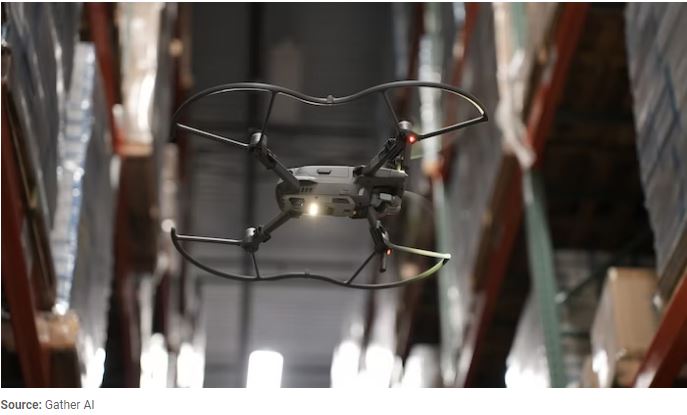When looking for manufacturing efficiencies, we often seek to simplify steps, cut costs, or reduce materials waste. In this article by Manufacturing Business Technology, we see how AI is combatting manufacturing waste and improving warehouse efficiency.
Companies are looking for ways to gain efficiencies and operate more leanly, whether that be Just in Time (JIT) production or “nearshoring and the elimination of shipping port congestion”, either way, technology continues to be brought into the conversation as a possible solution to gain these efficiencies and this new technology is AI.
Lean manufacturing started in the early 1950s by Dr. William Edwards Deming, and The W. Deming Institute emerged. Fast forward to the 1980s, Deming established DOWNTIME to illustrate his lean manufacturing philosophy. It stands for Defects, Overproduction, Waiting, Neglect of Human Talent (Unused Talent), Transportation, Inventory, Motion, and Excess Processing. We will share a little about how AI-based drone technology can help improve waste in each of these areas. With this technology, the drone can fly through the warehouse, taking pictures of inventory, its location, and available space.
AI drone-based technology can help impact waste in the DOWNTIME philosophy by:
Overproduction: With the ability for drones to monitor inventory, users reported they could scan their full facility in two and half days versus 90 days with traditional methods allowing for increased inventory accuracy.
Waiting: With drone-powered inventory monitoring, improving the accuracy of inventory by 70% because drones can count up to 900 locations per hour. The raw material is where it should be when it needs to be there.
Neglect of Human Talent (Unused Talent): With drone-powered inventory monitoring, you leave the cycle counting to the drones the more value-added activities to your employees, like training, auditing, and continuous improvement initiatives.
Transportation: Drones can find empty locations so time isn’t wasted driving a forklift around trying to find one. One AI drone user saved five to seven shifts per day by knowing where the empty locations were.
Inventory: Drone-powered inventory monitoring can help staff members see which pallets of product are expired, by searching for the lot code on the dashboard. This can also be true for products that are close to expiration to be used as a first-in, first-out methodology to minimize waste.
Motion: Drone-powered inventory monitoring enabled one warehouse to reallocate about $250,000 of material handling equipment because it was no longer needed for cycle counts. Another warehouse was able to reduce pallet emergencies from 20-30 a day to just one to two per day.
By addressing the issue of waste with a drone solution, warehouses can improve their operations and focus on increased efficiency, reduced costs, and more employee-focused improvements. When a warehouse has already undergone the tough work of optimizing its manufacturing operations, incorporating a new system like labeling, can be much easier to implement than if the operations require all stages to be addressed and improved at the same time.
